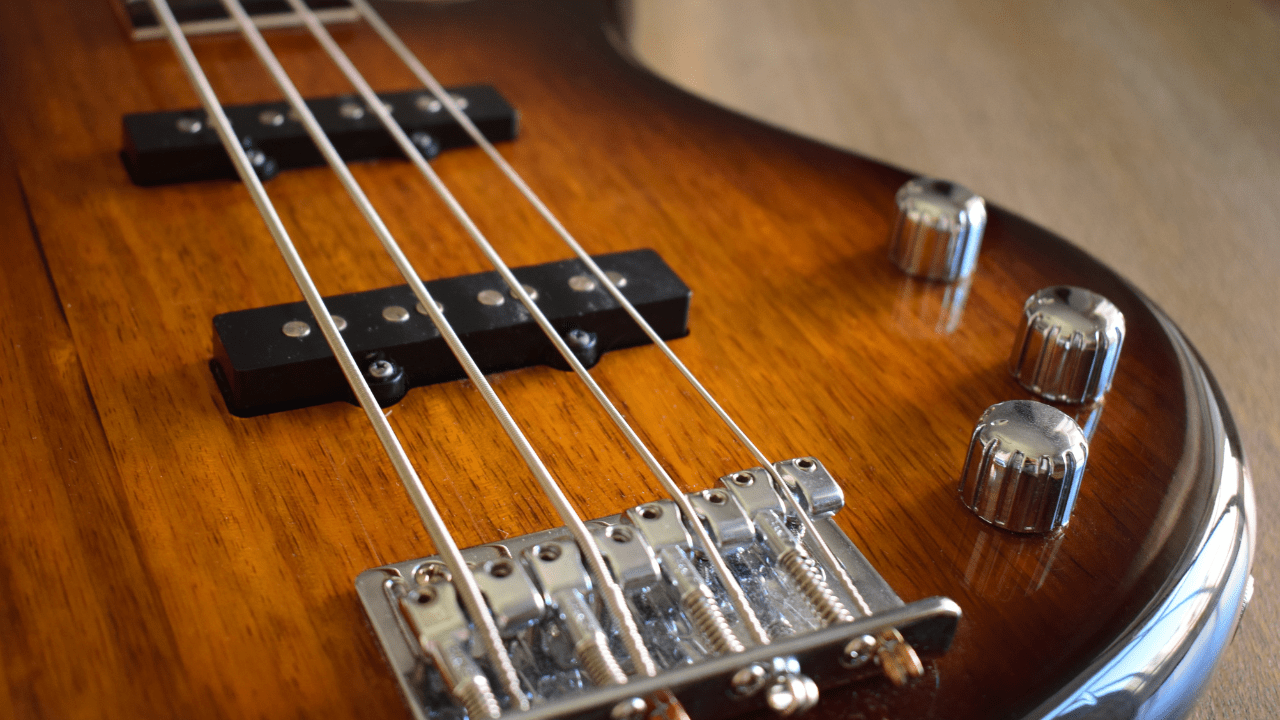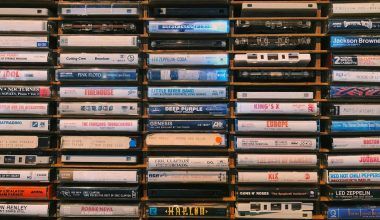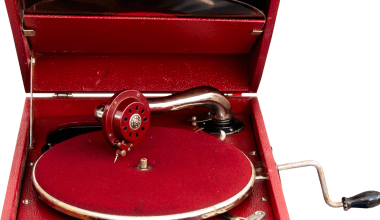Do you love listening to music? Most of us do! Songs make us happy, help us relax, and even give us energy. But what happens if your favorite song suddenly disappears from the internet? Or what if your device stops working? That’s why learning how to save songs is important. Saving your music ensures you can listen to it anytime, anywhere, even without the internet. It’s like keeping a treasure safe!
In this guide, we’ll show you super easy steps to save songs on your phone, computer, or cloud storage. Let’s get started!
Why Should You Save Songs?
Imagine this: you found a song you love so much, and it’s on repeat. Then one day, it’s gone. Poof! Maybe the app removed it, or your internet isn’t working. That’s frustrating, right? Saving songs helps you avoid this.
Here’s why saving songs is a smart idea:
- You can listen offline: No internet? No problem! Saved songs work anytime.
- Save money on data: Download songs once and play them without streaming over and over.
- Keep your collection safe: Some songs are rare, and saving them ensures you don’t lose them.
- Create a backup: Devices can break or get lost. Saved songs mean you don’t lose your music.
How to Save Songs on Your Phone
Using Music Apps
Many popular music apps make it easy to save songs for offline listening. Let’s explore how:
- Spotify
- Open Spotify and go to your playlist, album, or song.
- Tap the Download button (it looks like a downward arrow).
- Wait for it to finish downloading. Now you can listen offline!
- Pro Tip: Use Wi-Fi to save your internet data while downloading.
- Apple Music
- Find a song or album you like. Tap the + symbol to add it to your library.
- After adding, tap the Download button. It’s that easy!
- YouTube Music
- Open the app and find the song or video you love.
- Tap the three dots next to it and select Download.
- Your song will be saved for offline listening.
Using Free Apps to Save Songs
If you don’t want to use paid apps, there are free ways to save songs too. Apps like SnapTube or TubeMate let you save songs or videos from websites. Just be careful to follow the rules and only save music legally.
Downloading Songs Directly
Some websites or apps, like Bandcamp, let you download songs directly. This is especially great if you want to support independent artists.
Here’s how:
- Go to the website.
- Buy or choose a free song.
- Click Download and select where you want to save it.
How to Save Songs on Your Computer
Downloading from Music Stores
Buying songs online is a great way to save them permanently. Here’s how you can do it:
- Use platforms like iTunes, Amazon Music, or Bandcamp.
- Purchase your song or album.
- Download it to your computer.
Once downloaded, the song is yours forever!
Using Software to Save Songs
There are tools that help you save songs from videos or streams. Some options include:
- Audacity: This free tool can record any sound on your computer.
- 4K Video Downloader: It helps you save audio from YouTube or other platforms.
Organizing Songs on Your Computer
Keeping your music organized makes it easier to find songs later. Here’s how:
- Create folders like “Pop Songs,” “Relaxing Music,” or “Workout Tunes.”
- Rename files so they’re easy to identify, like “Happy Song – Artist Name.”
- Save a backup on an external drive or USB stick, just in case your computer breaks.
How to Save Songs in the Cloud
Cloud storage is like a magic locker for your files. You can put your songs there and access them from any device.
Using Google Drive
- Upload your songs to Google Drive.
- You can listen to them anytime by logging in to your account.
Using iCloud
- For Apple users, iCloud saves all your music automatically if you sync it.
- Upgrade your iCloud storage if you have lots of songs.
Using Dropbox
- Upload songs to Dropbox for safekeeping.
- Share your music collection with friends using Dropbox links.
Tips to Save Songs Safely
Here are some golden tips for saving songs:
- Back Them Up: Always save your songs in two places, like your computer and a USB drive.
- Check the Format: Use formats like MP3 because they work on almost all devices.
- Keep Your Accounts Secure: If you’re using cloud storage, use strong passwords.
Common Mistakes People Make
When saving songs, some mistakes can cause trouble. Avoid these:
- Not Backing Up: If your device stops working, you’ll lose all your saved music.
- Using Sketchy Apps: Downloading from unknown apps can harm your device.
- Ignoring Updates: Keep your apps updated so they work properly.
Legal Stuff: Is It Okay to Save Songs?
While saving songs is great, make sure you do it legally. Here’s what you need to know:
- You Can Save: Songs from paid apps, music you bought, or free tracks shared by artists.
- You Shouldn’t Save: Music from piracy sites or without permission.
Advanced Ways to Save Songs
If you’re looking for more ways to save songs, try these:
- Rip Songs from CDs
- Insert the CD into your computer.
- Use software like Windows Media Player to copy the songs.
- Convert YouTube Videos to Audio
- Use online tools like YTMP3 to convert a video to MP3.
- Download the MP3 file to your device.
Saving Songs on Different Devices
On Android Phones
- Use apps like Google Play Music or VLC Player.
- Save songs in the Downloads or Music folder.
On iPhones
- Use the Files app to save downloaded songs.
- Sync your music from iTunes with a cable.
On Computers
- Save songs in a dedicated Music folder.
- Use apps like iTunes to manage your library.
FAQs About Saving Songs
1. Can I save songs for free?
Yes! Apps like Spotify and YouTube Music let you save songs for free with some limits.
2. What is the best format for saving songs?
MP3 is the best because it works on almost all devices and doesn’t take up too much space.
You can use cloud services like Google Drive or send them through USB drives.
A Final Word
Saving songs is like creating your personal music treasure chest. Whether you use a phone, computer, or cloud service, you can ensure your music is always available. Follow the steps in this guide, and you’ll never lose a song again. Happy listening!
Related Articles:
For further reading, explore these related articles:
- Discover the World of New DJ Audio Songs: Create, Share, and Succeed
- Celebrating the Legacy of Indian Instrument Players
For additional resources on music marketing and distribution, visit Deliver My Tune.






